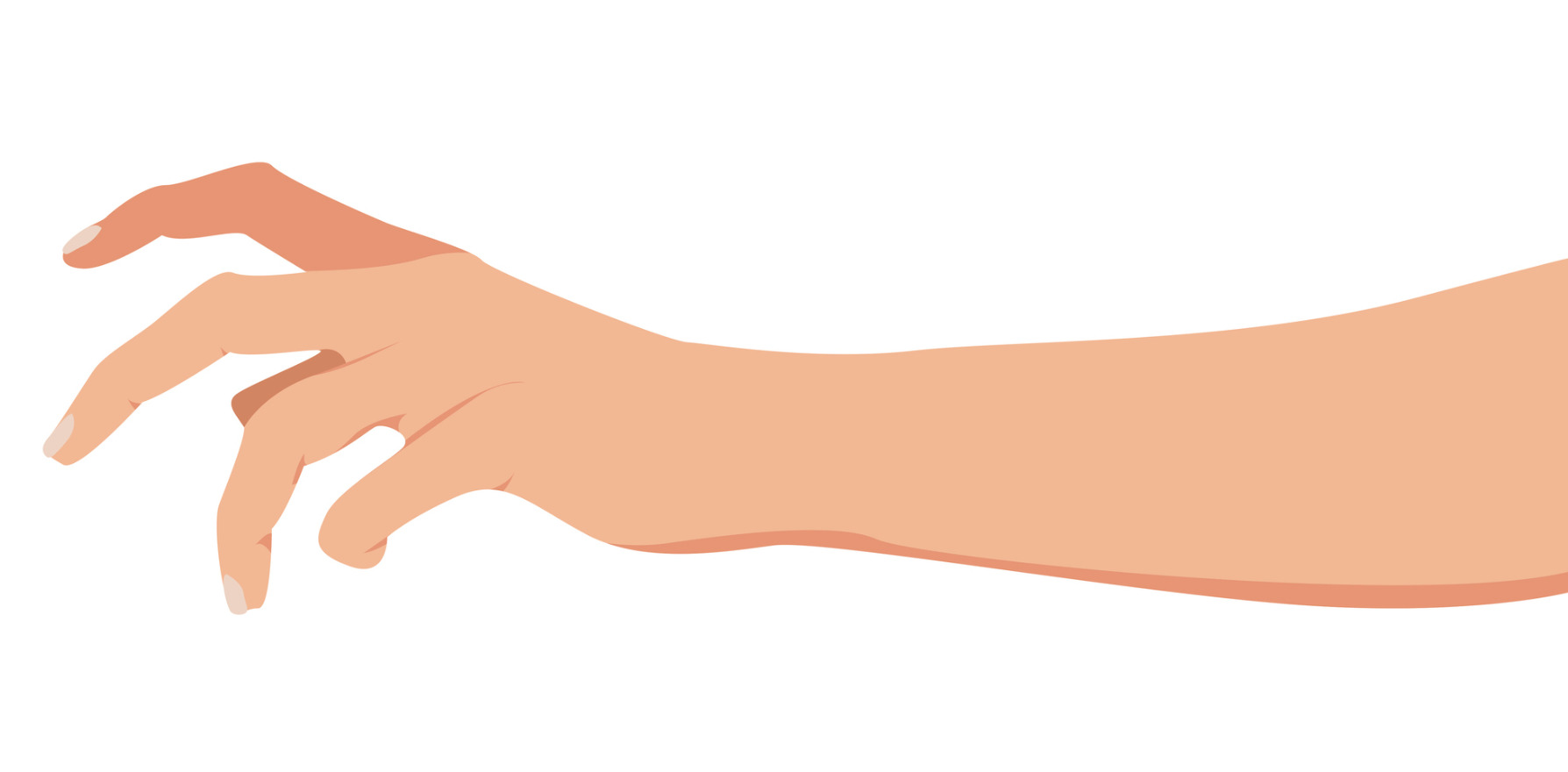Surprising US findings suggest the condition usually begins in the early teens.
Skin-picking begins much younger than previously believed, often in the early teens, according to surprising US data.
The findings overturn previous literature indicating onset was during early adulthood or the middle age, instead suggesting these cases were only the minority.
The in-person interviews with 262 US adults with skin picking disorder found that the peak onset of symptoms was much younger than previously believed, at 12.9 years old, with more than 90% of affected individuals experiencing the onset of symptoms, such as picking under stress, before age 20.
Yet the study found that the average age of diagnosis in these patients was almost 28 years, and more than three in four had never received either therapy or medication for their symptoms.
The clinical severity of this study population was moderate, and most said they picked from multiple sites but not everywhere.
“The most commonly endorsed picking sites were the face and arms. Common triggers for skin picking endorsed by at least 40% of the sample were feel of skin, stress, and sight of the skin,” the authors wrote in Comprehensive Psychiatry.
“The ‘feel’ of skin being a trigger may fit with the idea that picking can be undertaken to ‘correct’ something that feels ‘wrong’ about the skin; alternatively, and not mutually exclusively, picking in many cases may constitute a type of ‘focused’ activity in which there is a drive to experience particular tactile sensations linked to grooming one’s self.”
These were common triggers for trichotillomania too, the authors said.
One in four participants reported having trichotillomania now or at some point in their lives, and more than one in five had either major depressive disorder or generalised anxiety disorder. One in 12 reported ADHD and almost half had a first-degree relative with skin picking disorder.
“Interesting[ly], thoughts and urges as triggers to picking were in a minority of those with skin picking disorder in the current sample. This aspect seems somewhat contrary to conceptualisations of skin picking as a form of OCD”, the authors reported.
Instead, skin picking disorder and trichotillomania could belong in a category of “impulsive and compulsive disorders”, they said.
The study population was overwhelmingly female, at 87%, which the authors said could reflect either a higher burden in this population or more of a tendency to seek help among female patients.
While the authors noted the low rates of treatment in this research group, they suggested the issue may have been more with the difficulty of finding treatment. Most who had received treatment reported finding it helpful, and the medication taken ranged from mood stabilisers and antipsychotics to SSRIs and psychostimulant treatments.
A recent systematic review also found that skin-picking disorder was more common than other forms of obsessive-compulsive disorders with a prevalence of around 3.5%.


